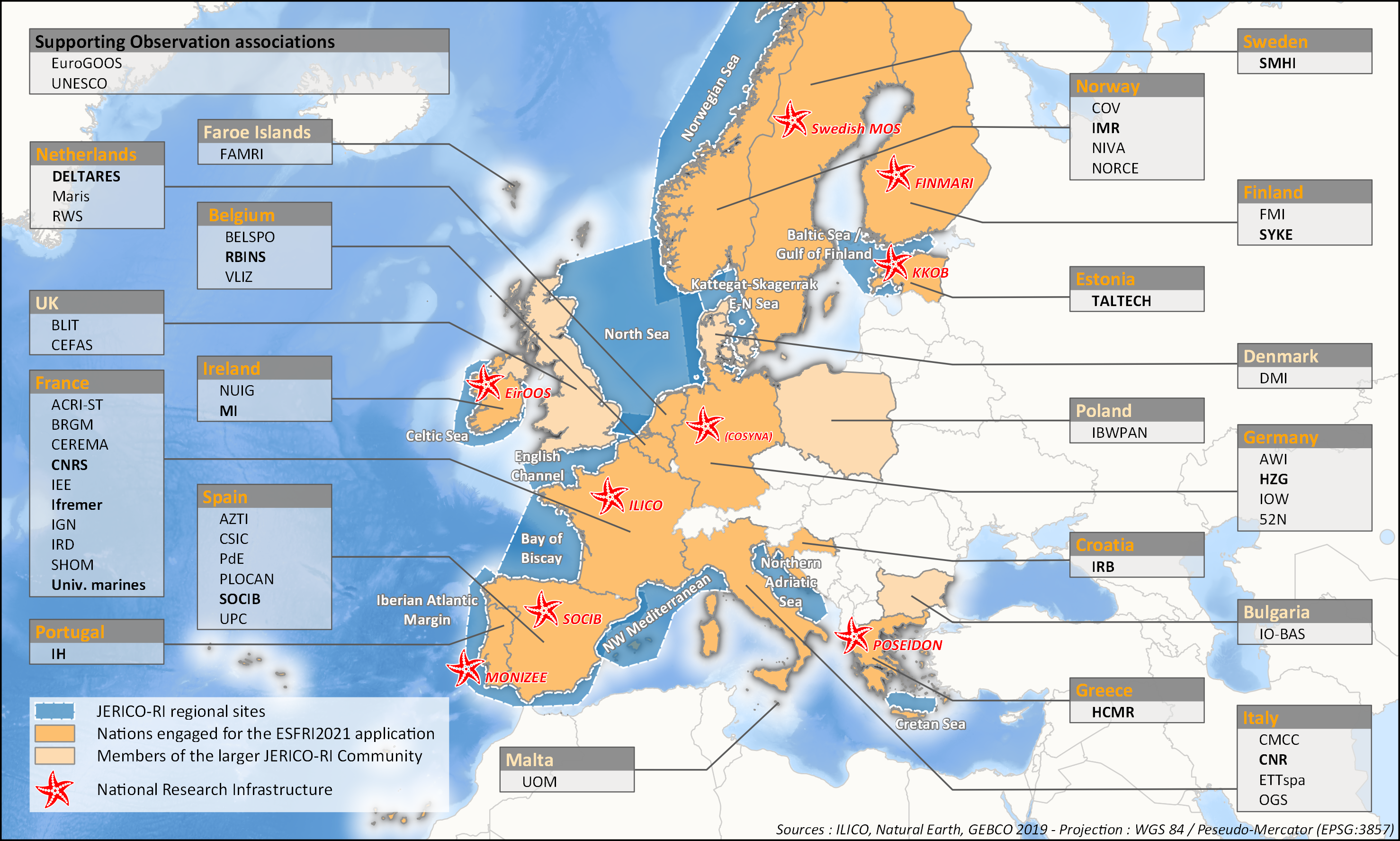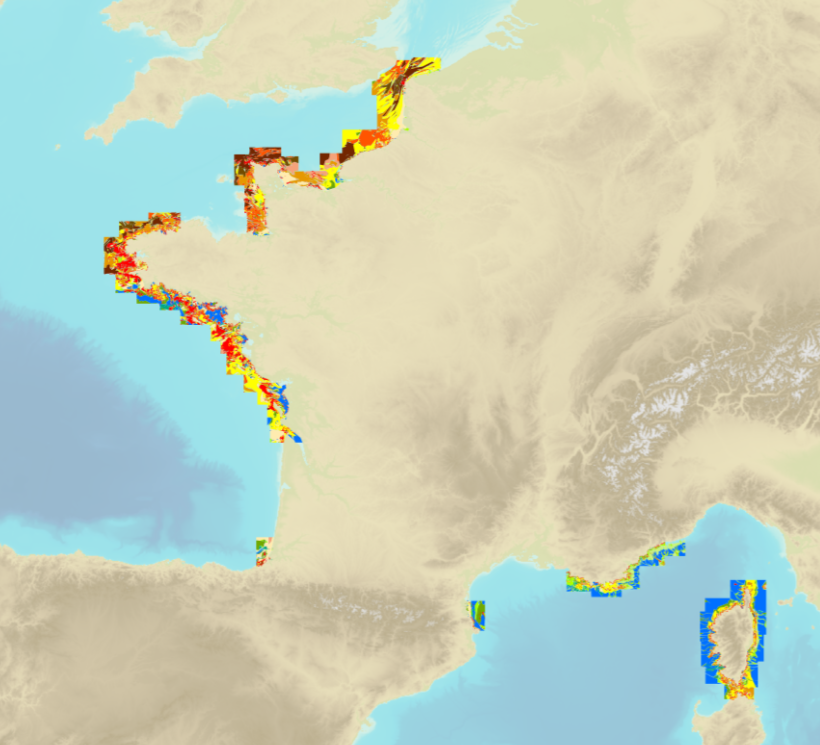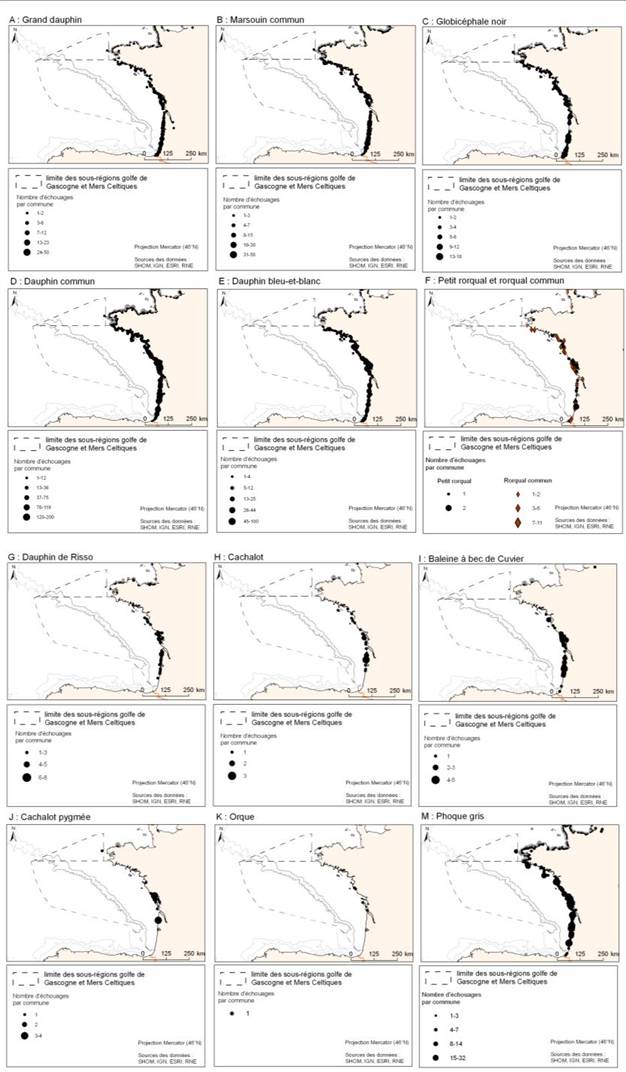50000
Type of resources
Available actions
Topics
Keywords
Contact for the resource
Provided by
Years
Formats
Representation types
Update frequencies
status
Scale
Resolution
-
Conversion into the EMODnet format of the published grid for the Capbreton Canyon in 2007: http://dx.doi.org/10.12770/72e2f750-c255-11df-a9b6-005056987263
-
Évolution de l'urbanisation ( DÉFINITION )au Nord du PNR des Landes de Gascogne entre 2009 et 2014. Analyse de l'urbanisation en fonction des routes primaires et secondaires. Zone d'étude : Le Barp, Mios et Marcheprime. Jeu de données : - "Bâti indifférencié" et "bâti industriel": BD Topo 2009 et BD Topo 2014 - "Routes primaires" et "Routes secondaires" : BD Topo 2009 - Limites des communes : GEOFLA
-
RasterMarine is a series of digital images taken from nautical charts, with no additions, legends or georeferencing information. The RasterMarine range is available at five sets of scales: - RasterMarine 20 1: 20,000 - RasterMarine 50 1: 50,000 - RasterMarine 150 1: 150,000 - RasterMarine 400 1: 400,000 - RasterMarine 1M 1: 1,000,000. Unless exceptional circumstances apply, the RasterMarine range is updated on a weekly basis and the modified grid squares are re-published, replacing the previous versions. All corrections, publications and editions with an effect on the reference nautical charts are taken into consideration. <br /> 13/03/2025 version <br />
-

EU-Hydro is a dataset for all EEA38 countries and the United Kingdom providing photo-interpreted river network, consistent of surface interpretation of water bodies (lakes and wide rivers), and a drainage model (also called Drainage Network), derived from EU-DEM, with catchments and drainage lines and nodes. The EU-Hydro dataset is distributed in separate files (river network and drainage network) for each of the 35 major basins of the EEA38 + UK area, in GDB and GPKG formats. The production of EU-Hydro and the derived layers was coordinated by the European Environment Agency in the frame of the EU Copernicus programme.
-

aThis survey action has been undertaken as part of WP6 of the H2020 JERICO-S3 project. Its integration in Sextant is the first step towards a comprehensive and extensive data catalog for the JERICO Research Infrastructure. JERICO-S3, Description of Work - WP6 : Data Management Task 6.2: Data management for coastal platforms (M1-48) (Lead: HCMR) Subtask 6.2.1: Identify and update the overview of JERICO-RI involved platforms and data (SMHI, MARIS, IFREMER) (M1-48) The JERICO dataset catalogue has proven a useful tool for creating an overview of platforms and data relevant for the project this and will be updated. Input from other WP’s will be used to identify the actual JERICO platforms, including the PSS, TNA platforms, and IRS. Partners will collect and describe coastal platforms in the dataset catalogue (technically run in WP7) including pointers to data, which variables (related to EOV’s) published as D6.2. Subtask 6.2.2: Best practice capturing for “mature” platforms with physical and BGC parameters (HCMR, SMHI, CNR, ETT, SOCIB, HZG, RWS) (M6-42). For the following platform types there will be activities supporting data management as defined under T6.4 in close relation to the Virtual Research Environment in WP7: HF radars (CNR), Gliders (SOCIB, ETT), FerryBox (HZG) The work for each platform type will follow basically the same approach and will cooperate with WP4 (PSS) and WP3 (IRS). The experts will identify the existing standards, and possible data management best practices (D6.3). At the end of the project an evaluation will be done of the level of Best Practice adoption at the IRSs and PSSs in the project, as well as the use of the VRE by the partners engaged in WP3 and WP4 (D6.10). This will be done in cooperation with WP3 and WP4, and is an important condition for data to be accessible for use in the Virtual Environment in T7.4.
-

The product "Sea bed sediment 1:50 000" contains 2D surface objects geo-referenced digital data describing the nature of the geological seabed (nature of the sediment, including rock type seabed).
-
-

La donnée associée met en évidence les observations d'échouages de mammifères marins réalisées entre 1969 et 2009. Les espèces concernées sont : le grand dauphin, le marsouin commun, le globicéphale noir, le dauphin commun, le dauphin bleu-et-blanc, le petit rorqual, le rorqual commun, le dauphin de Risso, le cachalot, la baleine à bec de Cuvier, le cachalot pygmée, l’orque, le phoque gris et le phoque veau-marin.
-

Caractérisation de plantations d'arbres le long de le Garonne - Extrait Schéma d'Entretien des Berges
-
Bornage du réseau routier départemental constitué de PR (point routier) présents physiquement sur le terrain (bornes, plaquettes, etc.). Ils sont dénommés PLO (point de localisation) dans le système d'information géographique. Ils permettent de se repérer de manière précise sur le graphe et servent à définir la localisation des informations sur les routes départementales. Trois types de PLO sont définis : D : Point de localisation de début d'axe PR : Point repère ou borne F : Point de localisation de fin d'axe
 Catalogue PIGMA
Catalogue PIGMA